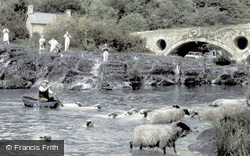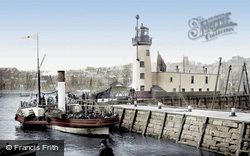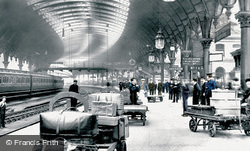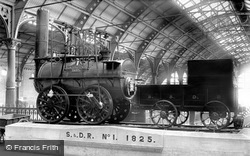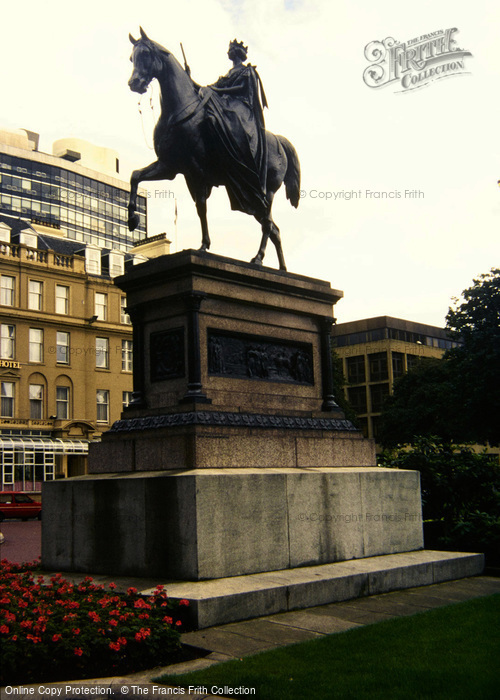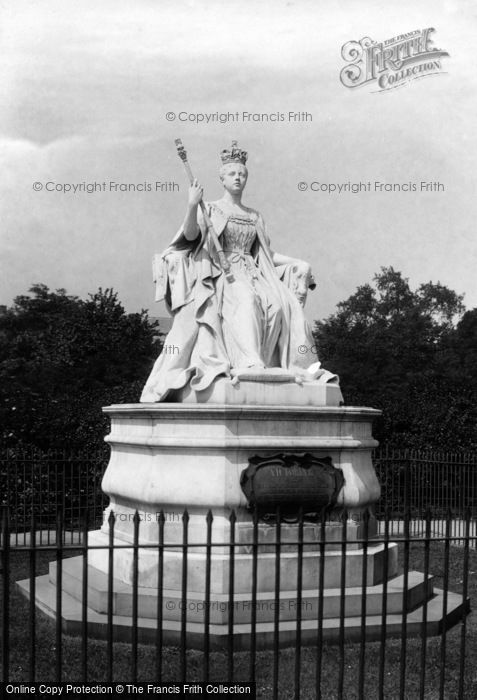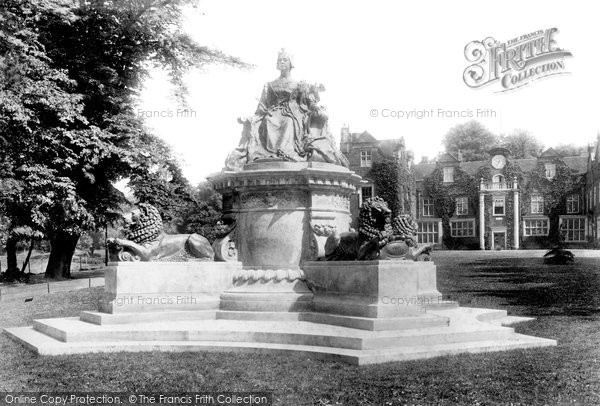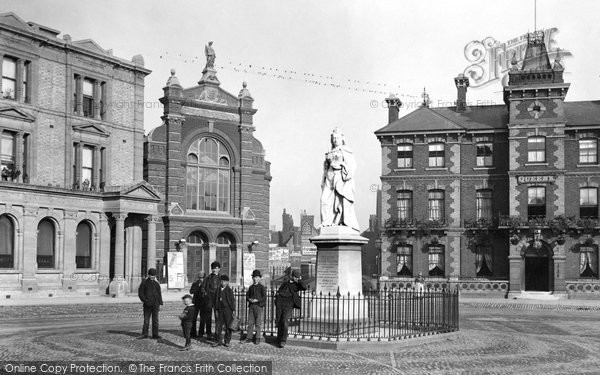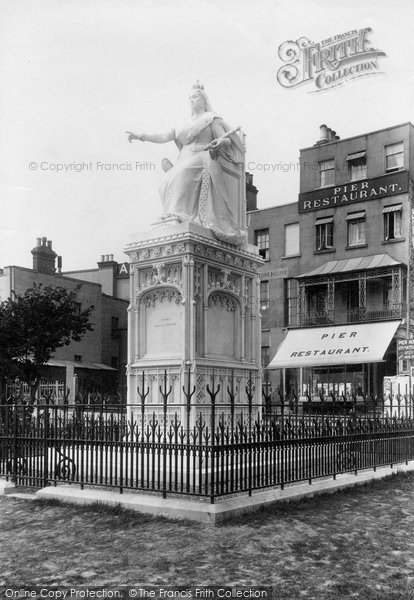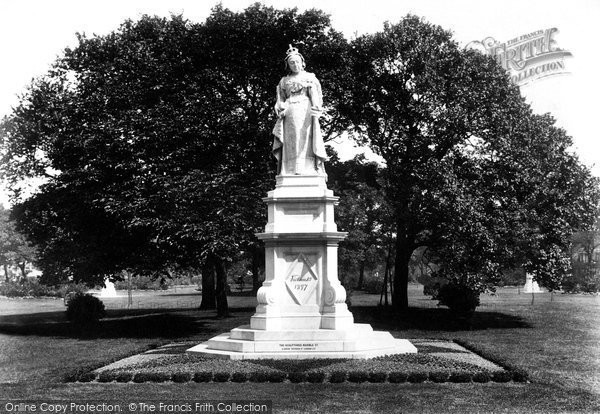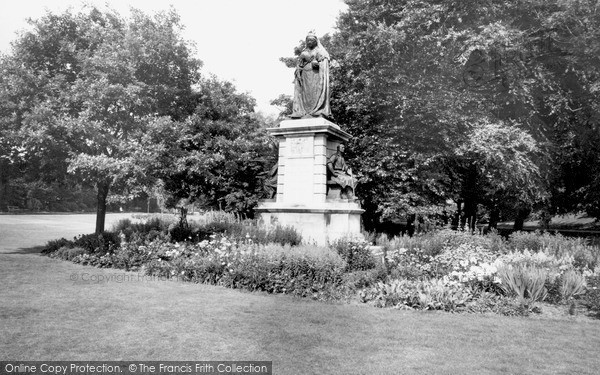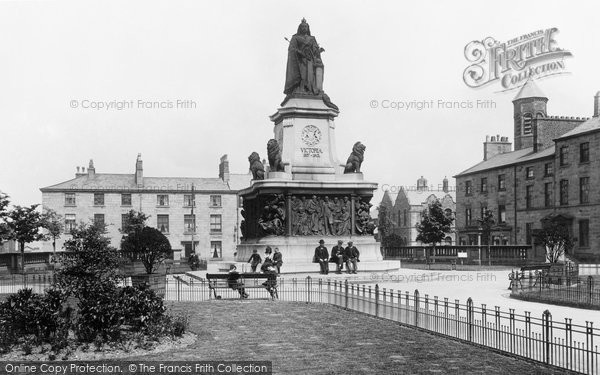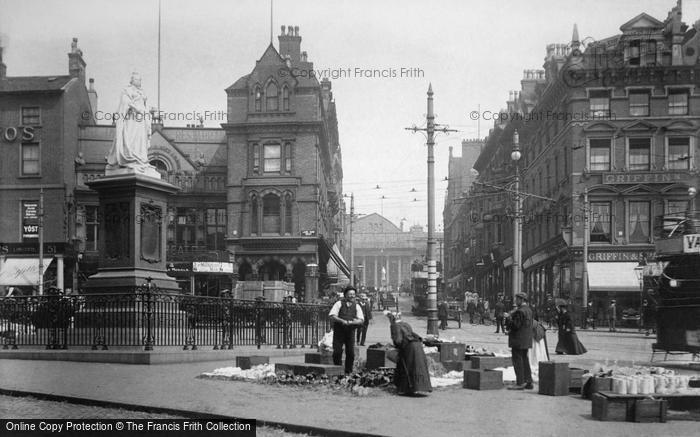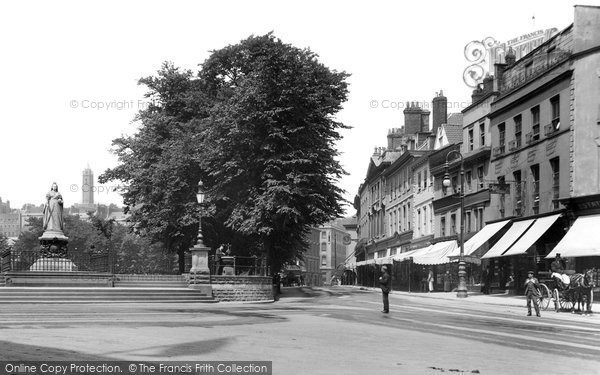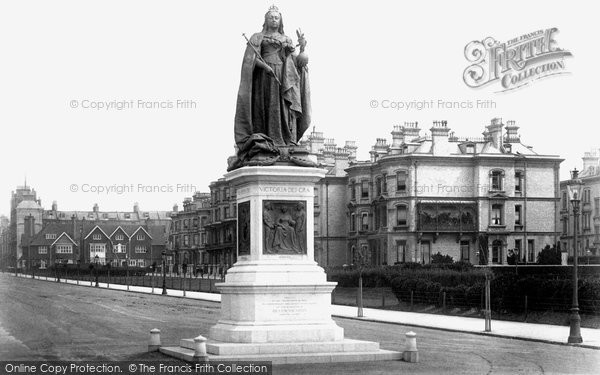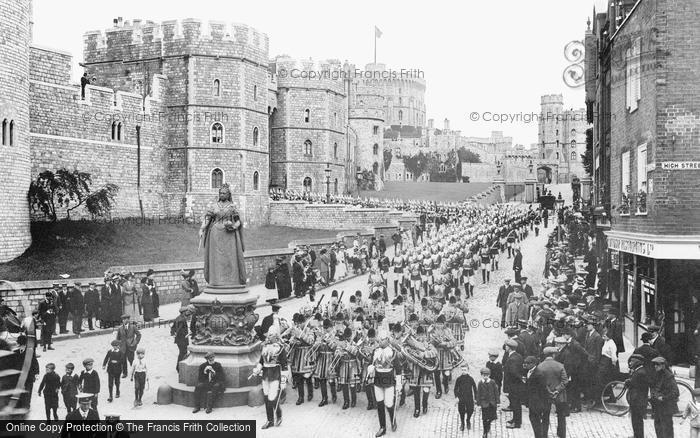Victoria Regina
Published on
October 2nd, 2017
Queen Victoria acceded to the British throne in 1837 when she was 18. Her official title was Queen of the United Kingdom of Great Britain and Ireland, and from May 1876 she adopted the additional title of Empress of India. As viewers of the popular ITV series ‘Victoria’ will have learned, her first name was actually Alexandrina, but she decided to use her second name of Victoria as her regnal title.
Queen Victoria ruled for 63 years and seven months until her death in January 1901, holding the record for the longest reign of any British monarch until this was superseded by her great-great-granddaughter, our current Queen Elizabeth II, in 2015. Queen Victoria’s Golden and Diamond Jubilees in 1887 and 1897 were times of public celebration that were marked by the erection of many statues of Her Majesty around Britain, and others were put up following her death in 1901 as a tribute to this much-loved monarch whose long reign is known to history as the Victorian era.
In this feature we bring you a selection of images of the many statues of Her Majesty that were erected around the country, some of which are no longer in their original positions, and one of which is now sadly lost to history.
Carved from a 17-ton block of white marble from Carrara in Tuscany, Queen Victoria looks unamused as she grasps her orb and sceptre in front of the Shire Hall in Worcester. The statue is by Sir Thomas Brock and was commissioned to mark the Queen's Golden Jubilee of 1887. It was unveiled in 1890.
This statue by Baron Carlo Marochetti stands in George Square in the centre of Glasgow. It commemorates Queen Victoria’s visit to Glasgow in 1849 and was unveiled in 1854. It shows the Queen riding side-saddle, and was Britain’s first equestrian statue of a woman.
This statue was sculpted in 1893 by Princess Louise, one of Queen Victoria’s daughters, who was a talented artist. It stands in front of Kensington Palace where Queen Victoria grew up, and represents Her Majesty as a young woman in her coronation robes at the time of her accession to the throne in 1837, when she was 18.
This striking monument is seen in this photograph in the year it was unveiled, 1904, as tribute to the Queen after her death. It shows the seated Queen Victoria, raised up on a pedestal, and flanked by lions accompanied by shields of the great colonies or dependencies of the Empire – Australasia, India, Canada, Africa. The Queen is represented at the time of her accession to the throne. Sadly, this is a now lost statue. It was demolished in 1942 as part of the war effort, intended to be melted down to make munitions, but this was done too late for it actually to be of use.
This evocative late Victorian view with the youths posing beside the statue of Queen Victoria commemorating her Golden Jubilee in 1887 is very much an archive photograph: only the building to the left, a bank, survives. The statue was presented to the town by Edwin James Trendell, who lived in Abbey House in Abingdon, and replaced an obelisk that previously stood on the site. The statue of the Queen was removed from its town centre site in 1946 and relocated in Abingdon’s Abbey Park.
Southend’s statue of Queen Victoria was presented to the town in 1897. It is seen here in its original position on Pier Hill, where local residents joked that Her Majesty appeared to be pointing to the men’s public toilets. The statue was moved in 1962 to its present location on Clifftown Parade in 1962.
Brighton’s marble statue of the Queen by Carlo Nicoli from 1897 stands in Victoria Gardens and represents Her Majesty in the act of opening Parliament. She is represented wearing her crown and the Garter sash, and holding a scroll in her left hand and her robe in the right.
Lancaster’s large, ornate Queen Victoria Monument must be one of the finest in the country. When the old Queen died after more than sixty years on the throne, England threw itself into the building of a plethora of monuments, each one trying to be better and different. Given by Lord Ashton in 1907, this one has Queen Victoria in bronze guarded by four bronze lions, symbols of Great Britain. In the panels below are the great Victorians who flourished during the Queen's long reign, including Lord Derby, Robert Peel, Cobden, Bright, Thackeray, Tennyson, and Lancaster-born Richard Owen. The sculptor was Herbert Hampton.
This statue of Queen Victoria no longer stands in its original site. The statue had been unveiled the year before this photograph was taken, in 1905, amid general acclamation, but 50 years later the statue, the only one in Nottingham’s city centre, was removed to a new location on the Victoria Embankment.
Thomas Brock’s superb 13ft-high bronze statue of Queen Victoria at Hove, which stands at the seaward end of Grand Avenue, was unveiled in 1901. It was designed to commemorate the sixtieth anniversary of the Queen's accession, but the Queen died before the statue was completed and the unveiling ceremony was a very subdued affair.
Perhaps you'd like..?
If you liked our "Victoria Regina" Blog Feature, you might like to see and follow this
Francis Frith board over on Pinterest.
Join the thousands who receive our regular doses of warming nostalgia!
Have our latest blog posts and archive news delivered directly to your
inbox.
Absolutely free. Unsubscribe anytime.
